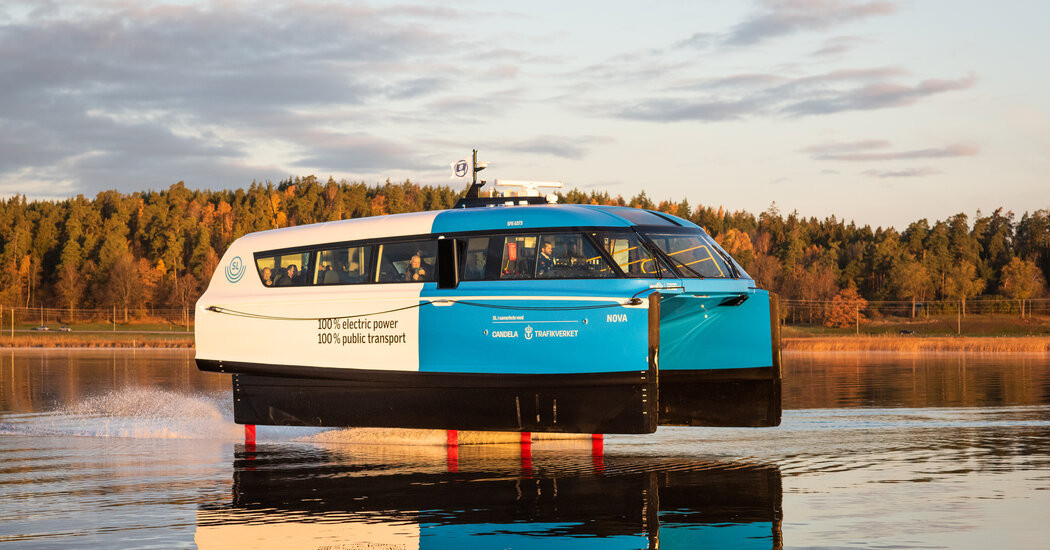

New technology can help vessels glide quickly over water in less time and with fewer emissions than their diesel counterparts.
During the golden age for ferries in the 1800s, steamboats dotted the shorelines of coastal cities to transport passengers. Then cars and trains took over.
Now, driven by congestion and the revitalization of urban waterfronts, ferries are making a comeback.
“We see it as a blue superhighway that is still untapped,” said Geoff Symonds, chief operating officer of Uber Boat by Thames Clippers, a ferry network based in London.
Ferry commuting scores higher on customer satisfaction surveys than other modes of public transit, offering amenities like ample seating, space for bikes and breathtaking skyline views, and it was the first to return to prepandemic ridership levels in cities like New York, San Francisco, Stockholm and Auckland, New Zealand.
What operators struggle to offer, however, is a fast, sustainable mode of transit. “Commuters want speed,” said Jakob Kuttenkeuler, a professor of naval architecture at the KTH Royal Institute of Technology in Stockholm.
Over the last few months, however, Stockholm has been testing a vessel that may solve that problem: the world’s first electric hydrofoil ferry.



